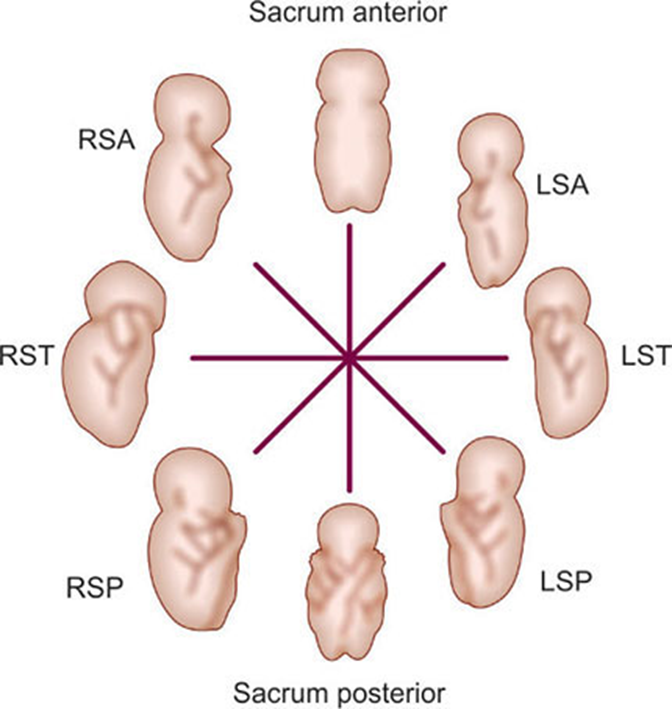A nurse is performing Leopold maneuvers on a client who is in labor and determines the fetus is in an RSA position. Which of the following fetal presentations should the nurse document in the client's medical record?
Shoulder
Breech
Vertex
Mentum
The Correct Answer is B
A. Shoulder presentation is not typically described using the terms RSA. Shoulder presentation would be noted differently, and it is uncommon.
B. Breech presentation involves the presentation of the fetus with the buttocks or feet first. RSA indicates the specific position of the sacrum in relation to the mother's right side.

C. Vertex presentation refers to the head-first position, and it is not described using the terms RSA.
D. Mentum presentation is not a standard term used to describe fetal presentation. Mentum typically refers to the chin, and fetal presentations are commonly described in terms of the presenting part (e.g., vertex, breech).
Nursing Test Bank
Naxlex Comprehensive Predictor Exams
Related Questions
Correct Answer is B
Explanation
The correct answer is B. A distended bladder reduces pelvic space needed for birth.
A. A distended bladder itself is not typically traumatized by pelvic exams. However, a full bladder can impede the progress of labor and may affect the accuracy of pelvic exams.
B. This statement is accurate. A distended bladder can reduce the available pelvic space needed for the descent of the baby during labor. An empty bladder allows the fetal head to engage more easily in the pelvis.
C. A full bladder is not directly associated with an increased risk for fetal trauma. The primary concern is the impact on pelvic space and the progress of labor.
D. While a full bladder can contribute to urinary tract infections, it is not the primary reason for encouraging the client to avoid a distended bladder during labor.
Correct Answer is ["A","B","D"]
Explanation
Choice A Reason:
Cholecystitis is correct. Both estrogen and progesterone have been shown to increase the risk of gallstones.Estrogen has been shown to increase cholesterol production in the liver, with excess amounts precipitating in bile and leading to the formation of gallstones.Progesterone has been shown to decrease gall-bladder motility, which impedes bile flow and leads to gallstone formation.
Choice B Reason:
Hypertension is correct. Women with uncontrolled hypertension or severe hypertension are generally advised against using oral contraceptives due to the increased risk of cardiovascular events.
Choice C Reason:
Human papillomavirus (HPV) is incorrect. HPV is not a contraindication to oral contraceptives.Overall, while there may be some association between oral contraceptive use and HPV infection or its progression, the absolute increase in risk is generally considered small, and the benefits of oral contraceptives in preventing unintended pregnancies and managing menstrual issues often outweigh the potential risks.
Choice D Reason:
Migraine headaches is correct. Women with migraines with aura, especially those over 35 years old, are often advised against using estrogen-containing contraceptives due to an increased risk of stroke.
Choice E Reason:
Anxiety disorder is incorrect. Anxiety disorder alone is not a contraindication to oral contraceptives. However, individual health considerations should be discussed with a healthcare provider.
Whether you are a student looking to ace your exams or a practicing nurse seeking to enhance your expertise , our nursing education contents will empower you with the confidence and competence to make a difference in the lives of patients and become a respected leader in the healthcare field.
Visit Naxlex, invest in your future and unlock endless possibilities with our unparalleled nursing education contents today
Report Wrong Answer on the Current Question
Do you disagree with the answer? If yes, what is your expected answer? Explain.
Kindly be descriptive with the issue you are facing.
